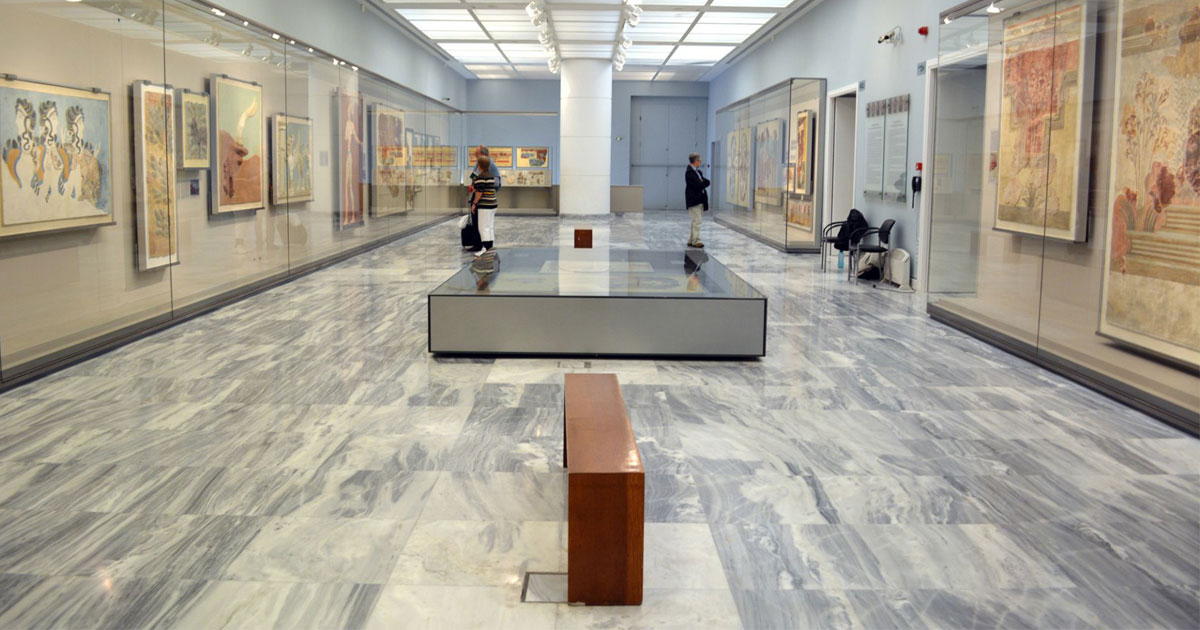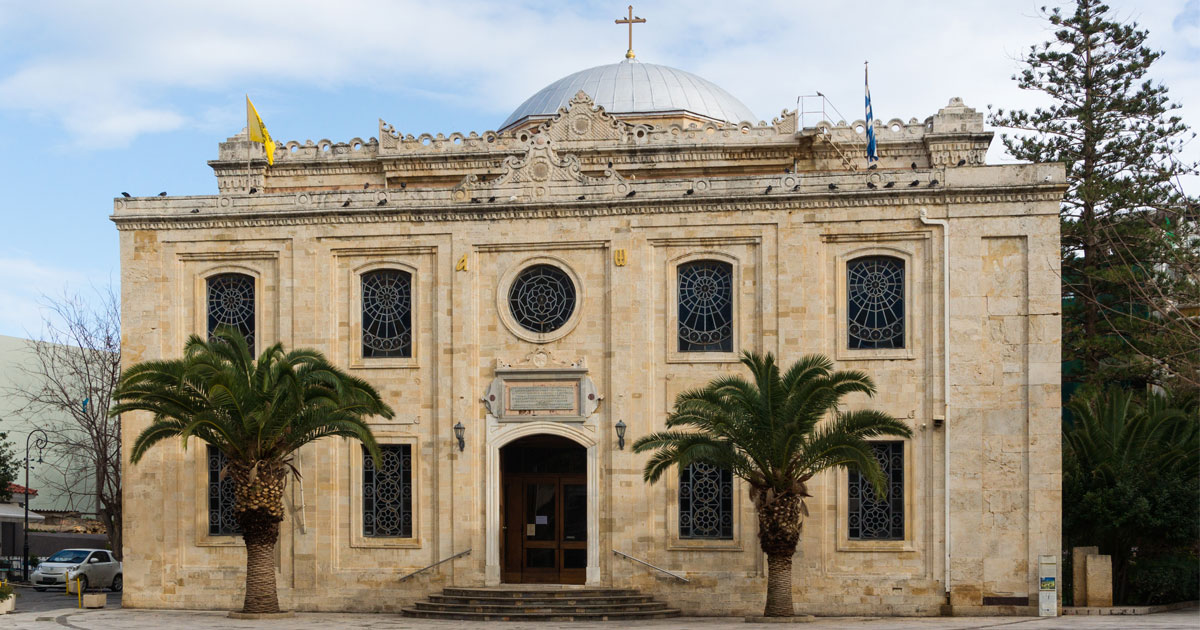Morosini Fountain
The Lions in Heraklion is the square with the Fountain - Morosini Fountain, the ornate Venetian fountain with the 4 lions, from whose mouths water gushes. The Morosini Fountain is located in Eleftherios Venizelos Square in the center of Heraklion, but for the people of Heraklion this name is unknown and they usually refer to it as Lions Square or Lions for short.
The Lion Fountain is one of the most important monuments bequeathed by the Venetians to Heraklion. When it was built, it provided a solution to the city's water supply problem, and is said to have supplied the citizens with 1,000 barrels of water daily.
The Square
Everyone who grew up in Heraklion learned that the square with the Morosini fountain is Lions Square. However, our municipal authorities, to make life difficult for us, decided that it should be called Eleftherios Venizelos Square, honoring the Cretan politician, a pioneer in the struggle for the Union of Crete with Greece and Prime Minister of Greece.
Eleftherios Venizelos Square (Lions Square) is one of the liveliest spots in Heraklion, never quiet, revealing its various faces throughout the day, 365 days a year. Those arriving in Heraklion by ferry will come here at dawn for a bougatsa, waiting until the city wakes up. Later in the day, thousands of passersby and tourists will cross the square, stare at the fountain, shop in its shops, sit in a café, have a quick bite, and visit an exhibition in the Basilica of Saint Mark.
When night falls, young groups will meet at Lions Square to start their fun in Heraklion. The same groups will end up at the souvlaki shops and other snack shops in the square after midnight to calm their alcohol-ridden stomachs by eating something while standing. Winter and summer, in heat or cold, the traffic never stops at Eleftherias Square.
Historical information that has survived to this day states that during the time of the Arab conquest (9th-10th AD) the largest slave market in the Eastern Mediterranean was held in the square.
In the Byzantine period (10th-13th century) Lions Square hosted the residence of the Byzantine governor of Heraklion.
During the Venetian rule (13th-17th centuries), the Venetian Ducal Palace (Palazzo Ducale) was built here, where the duke decided on the fate of Heraklion and his people together with his two advisors (consilierii). The ducal palace was multi-storey with verandas and vaulted spaces that were rented as shops on the ground floor. It was located in the northern part of Lion Square, where the souvlaki restaurants are today, and it occupied an entire building block.
Opposite the ducal palace were the granaries parallel to the Arab-Byzantine wall, which continued from Daedalus Street, embraced Lions Square from its southern side and continued along Chandakos Street to the sea.
The granaries of Heraklion were a long, narrow, three-story building with vaulted rooms on the ground floor. The grain market was held in the square in front of the granaries, which is why Lions Square during Venetian rule was called Piazza delle Biande, the Cereals' Square. Cereals' Square in the city center was the most important square in Heraklion and is considered to have been modeled after St. Mark's Square in Venice.
After the occupation of the island by the Turks, the vizier and his entourage settled in the ducal palace. In 1856, a strong earthquake leveled a large part of Heraklion and among the other monuments that were lost was the Voltone Gate, the main gate that served to communicate the old city with the burgos (districts outside the walls) and the villages. The Voltone Gate was located next to Lions Square, at the Meidani intersection.




